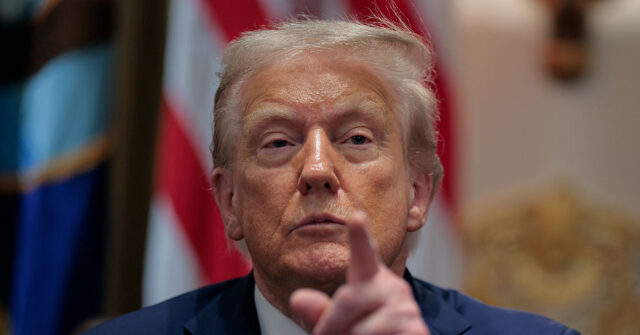The tariff rate on India doubled overnight in a bid to discourage the country from continuing to buy cheap Russian oil, a major source of funds for Moscow’s war against Ukraine.
U.S. President Donald Trump has delivered his promised secondary sanctions against the Russian economy for its invasion of Ukraine, punishing Russia’s customers rather than trying to damage the country directly, as has been the basis for Western sanctions through the war to this point. India, which was already operating under a 25 per cent tariff as of earlier this month, has had an additional 25 per cent punishment rate for being a major customer of Indian oil activated overnight.
This means India has one of the highest tariff rates of any country in the world for its insistence on buying cheap oil, despite warnings. India’s rate is level with Brazil, which was handed a 50 per cent rate in response to political persecution of conservatives in the country.
When the secondary tariff was first announced, President Trump said that India has “always bought a vast majority of their military equipment from Russia, and are Russia’s largest buyer of ENERGY, along with China, at a time when everyone wants Russia to STOP THE KILLING IN UKRAINE.”
As previously reported, industry data betrays that India is among the top importers of Russian oil, but over one million metric tons of fuel oil and vacuum gasoil in July alone. Purchases of the discounted oil are reducing very slightly, analysis shows, as an apparent “modest concession to Washington’s hawks”, but evidently not-near enough to show the Trump administration that India was really interested in decoupling from Russian energy before sanctions started to bite.
Indeed, India’s ambassador to Russia said last week that its purchases of oil were purely guided by economics and they would buy oil wherever they got “the best deal”. While bullish on the face of it, these comments may suggest there is plenty of space for Trump’s tariffs to actually work, given a 50 per cent levy on one of India’s largest export destinations will massively change the equation for whether Russian oil really is good value for money from a holistic perspective.
Meanwhile India’s Prime Minister Narendra Modi has said he will be slashing taxes and red tape domestically for small businesses and consumers to help cushion the blow of U.S. sanctions, the BBC reports.
Other major importers of Russian energy include China, NATO ally Turkey, and — although they don’t like to talk about it — the European Union. As reported, the bloc spent more money on Russian energy in 2024 than it did on aid for Ukraine, with the top buyers from the continent being France, Germany, and Italy.
In some cases, the energy imported is products refined in countries like India and Turkey out of crude oil they had in turn bought from Russia.
Read the full article here


